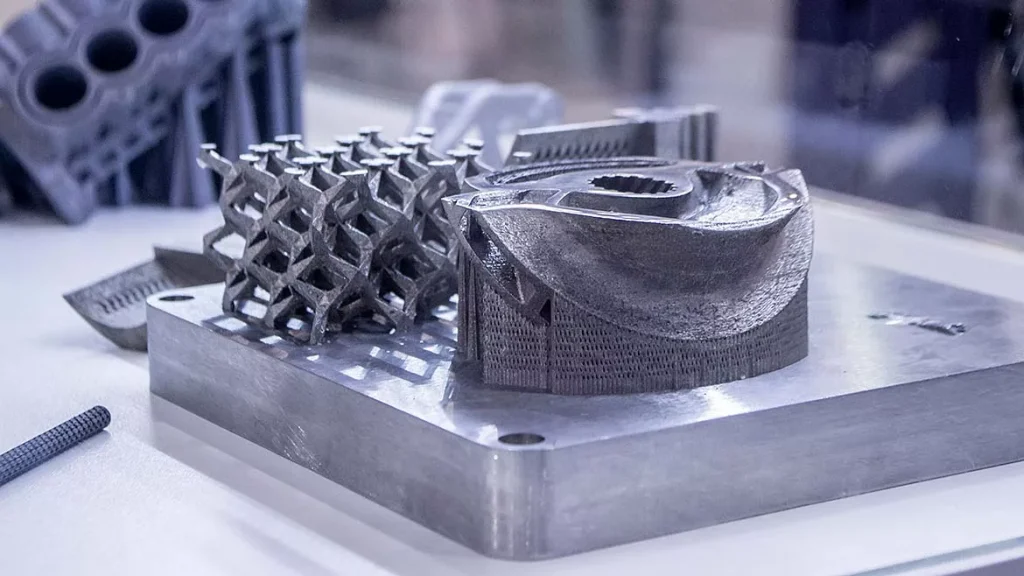Standardization not only fosters economic growth but also accelerates AM innovation and bolsters U.S. global competitiveness.
Standardization in additive manufacturing (AM) is essential to advance the industry by promoting a shared understanding and ensuring compatibility across machines, materials, and software. It drives consistency in design, processes, and quality assurance, which are critical for widespread adoption.
Without industry-wide standards, AM faces challenges such as inconsistent material properties and weak digital infrastructure, especially in safety-critical sectors like aerospace, medical, and defense. The rapid evolution of software and AI tools further complicates this landscape, introducing variability that hinders the transition from research and development (R&D) to mass production.

As high-performance industries increasingly rely on AM for innovation, the need for broadly accepted, harmonized standards is paramount. This growing demand is driving organizations, regulatory bodies, and certifying agencies to move beyond siloed, and sometimes conflicting, standards toward consistent protocols. To address this, America Makes – The National Additive Manufacturing Innovation Institute – and the American National Standards Institute (ANSI) launched the Additive Manufacturing Standardization Collaborative (AMSC) in 2016. The AMSC was formed to accelerate the development of comprehensive, industry-wide standards and specifications that meet stakeholder needs and support the advancement of the AM industry.
Convening some of the brightest minds across industry, academia, and government, the collaborative identified the following key focus areas:
- Minimize duplication efforts of AM standardization
- Increase coordination across standards developing organizations (SDOs) and subject matter experts
- Improve industry knowledge share to inform decision-making on resource allocation for standards participation and R&D needs
- Clarify current and desired future standardization landscape
- Establish a common framework of AM standards and specifications
Overcoming AM standardization complexities
Today, standards development often exceeds reasonable limits, resulting in an overwhelming number of overlapping standards that create confusion and dilute the effectiveness, integrity, and relevance of established practices[JM1] [EH2]. Moreover, considering AM’s maturity, the lack of standardization across material and process development also hinders forward movement.
To answer industry need, ANSI efforts are addressing critical technological gaps while driving targeted pre-standardization R&D. By outlining existing standards and proposing strategic timelines for development, ANSI is paving the way for step-change progression for a unified approach to advancing the industry.